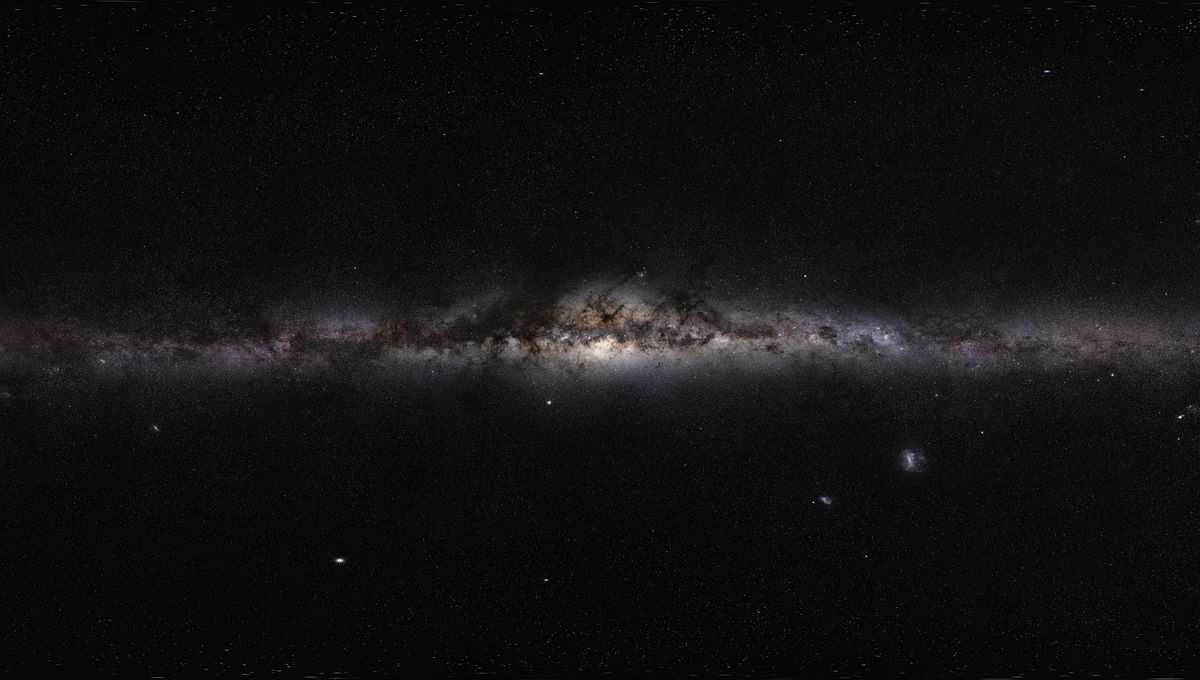
Phosphorus plays an important role in planetary formation and in biology, but it is not the easiest to find around our galaxy. All of the detections that have been reported so far focus on the inner part of the Milky Way or in the neighborhood of the Sun. Now, astronomers report the detection of phosphorus-bearing molecules in a dense gas cloud almost 74,000 light-years from the center of our galaxy.
That’s almost three times as far from the center as the Earth is. Gas cloud WB89-621 has phosphorus oxide and phosphorus mononitride in similar abundance to what has been found in the Solar System, around it, and in the inner galaxy.
This detection challenges the traditional view of the origin of phosphorus. Elements up to iron are created in massive stars and as they age, they can spread those elements through loss of layers or in supernovae explosions. The formation of phosphorus is believed to happen when silicon atoms in massive stars absorb neutrons in their nuclei – leading to the transmutation of silicon into phosphorus. This is one of the many examples of stellar nucleosynthesis that go on inside stars.
The massive stars then explode into supernovae, spreading all these elements far and wide. This can explain the abundance of phosphorus seen in the inner portion of the galaxy, where these supernovae are common. But what about the less populated suburbs of the Milky Way? How did the phosphorus get there?
Possibilities that the team discounted were fountains of material from the inner galaxy to the outskirts. Material is heated and pushed beyond the disk by the supernovae and then rains back down as it cools over eons – but the clouds produced by the cooling gas are nowhere to be seen at the galaxy’s edge.
Another discounted possibility is that the phosphorus was stolen by the Milky Way from one of the other companion galaxies, such as the Magellanic Clouds. However, they are poorer in heavier elements than our own galaxy, so this doesn’t work. The team suggested that phosphorus might be produced in other less massive stars that still release elements over time but not by going supernova.
“The source of phosphorus in the Outer Galaxy may be alternative routes in stellar nucleosynthesis. Because of the failure of the galactic chemical evolution models, it has been postulated that non-explosive massive stars or thermal-pulsing asymptotic giant branch stars (AGB) stars may be possible sources of this element,” the authors wrote in the paper.
The team suggests that analysis of the chemical composition found at the edges of our and other galaxies might lead to a better understanding of where elements come from and where they go. If the building blocks of planets and life are found throughout the galaxy, we could be expecting a lot more worlds out there.
The study is published in Nature.
Source Link: For First Time, Phosphorous Has Been Discovered In Outskirts Of The Milky Way